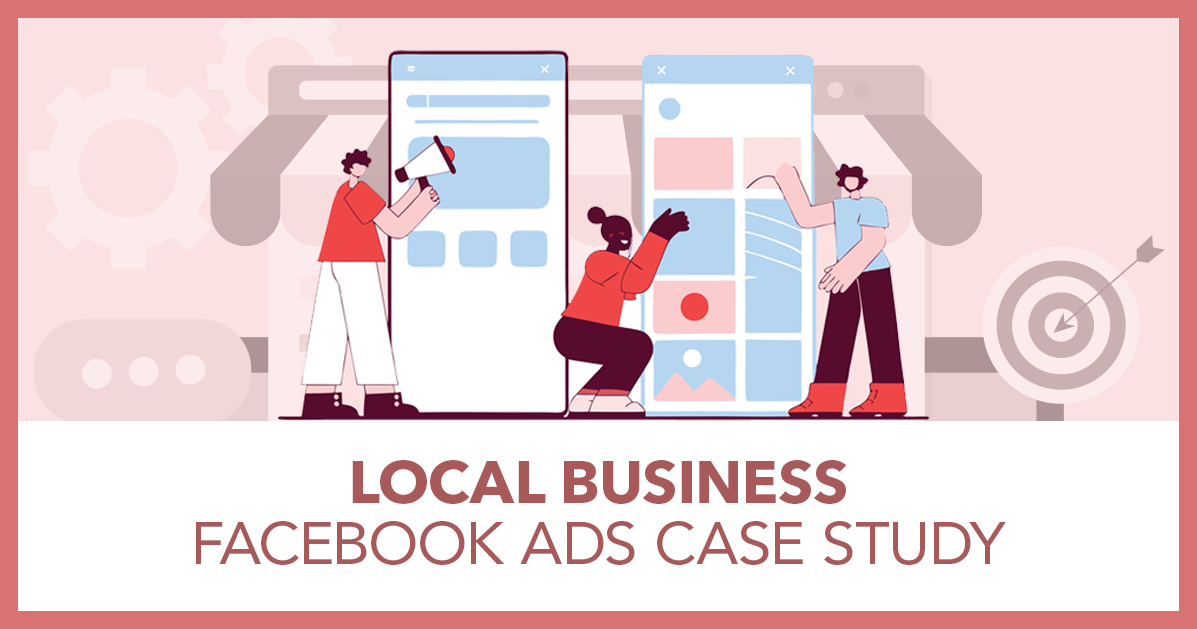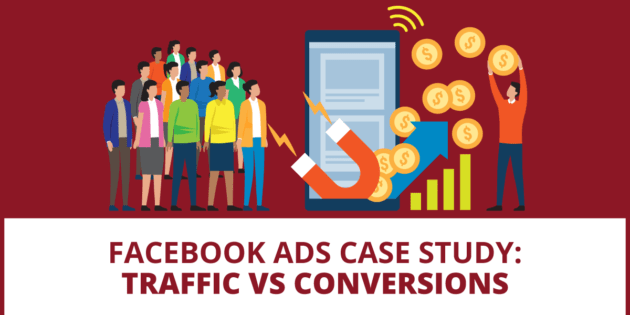
Local Business Facebook Ads Case Study
A regional physiotherapy practice opened two new locations in a fresh city. They tried Facebook and Instagram ads for nine months and lost money. Sixty days after we rebuilt their strategy, both clinics were fully booked.
Here is what changed, why it worked, and how you can copy it.

The business, the stall, and the mandate

This was a family-run physiotherapy business in the southwest of England. They had grown to 11 locations over 20 years, mostly through word of mouth. When the younger generation pushed to scale faster, they launched two clinics in a new city with no existing customer base.
They turned to Meta ads. First they ran direct “book at full price” offers. Then they switched to lead magnets like “free back pain guide.” Both approaches produced weak results. Direct sales to cold audiences asked for too much too soon. Lead magnets collected emails but did not convert to paying patients.

They joined my mentorship program to fix this. The goal was clear: fill calendars fast, at a profit, and create a repeatable system for new locations.
Local businesses play by different rules
Before tactics, understand the terrain. Local service markets are not national ecommerce. You are not fighting giant brands with massive creative teams and endless budgets. In many towns you might have only a handful of active competitors. That changes what “best in market” looks like.

Because of that, the offer matters even more. People are jaded by wild guarantees borrowed from internet marketing. Local prospects do not need theatrics. They need a simple, valuable reason to take a first step right now.
The pivot: a time-boxed, scarce tripwire

We replaced the full-price offers and the free guides with a tripwire.
The move: sell the clinic’s standard discovery session for £85 but run an 80% discount for a limited time. Price to the patient: £17.

Yes, the clinic loses money on that first session. The clinician’s time costs more than £17. That is fine, because the first session is not the finish line.
On average, a new patient who starts care moves into a 12-session plan at £65 per session. That puts average first-plan value at £780, before any future care or referrals.
Why not free? Because free drags in low-intent, low-quality bookings that waste clinician time. £17 is an easy yes, but it still filters for people who intend to solve a problem.
We added two conversion levers:
- Urgency: the discount ends at the end of the month.
- Scarcity: only about 40 discounted assessments are available, based on actual staff capacity.
This is not hype. Service businesses are constrained by time slots. Make the constraint visible and prospects act.
Who this tripwire activates
Full price to a cold audience is a tough ask when a condition likely needs multiple visits. A free guide pushes the decision far into the future. The discounted discovery session hits a middle lane:
- It pulls in people with chronic or nagging issues. The shoulder that limits the gym. The knee that keeps flaring. They can live with it, but it is holding them back. A one-time, low-risk assessment nudges them across the line.
- It is less tuned to acute injuries. If you roll an ankle today, you will probably book a physio anyway, discount or not. That is fine. The ongoing base of happy patients seeds the referrals that capture those acute cases over time.
Creative that did the heavy lifting

We tested a range of ad creatives. The clear winner was post-treatment reaction compilations.
You have seen the format. A patient finishes a session. They test a movement that used to hurt. Their face changes. Surprise. Relief. A laugh. That genuine reaction is social proof in motion.
We stitched multiple moments like that into short videos. In most cases the videos did not even explain the offer on screen. The offer lived in the primary text, the headline, and the landing page. The reaction clips were engaging enough to win the click and the booking.
Worried about permission? Ask to record for training. If a session produces a clear win, ask for consent to use a short clip in marketing. Sweeten with a small incentive for the next visit. Many patients are happy to help, and it only takes a few great clips to anchor the campaign.
The numbers that matter

- Ad cost per initial assessment sold: £29
- Patient payment for the assessment: £17
- Conversion from assessment to plan: 1 in 3 become a 12-session patient
- Average plan value: £780
Customer acquisition cost (CAC) math:
- You need 3 discounted assessments to acquire 1 plan patient.
- Ad spend: 3 × £29 = £87
- Assessment revenue collected up front: 3 × £17 = £51
- Net marketing CAC: £87 − £51 = £36
That is £36 to acquire a patient worth ~£780 on the first plan, not counting repeat care or referrals. You do need to account for clinician time on those three discounted assessments, so the true ROI is lower than the raw 22x. Even with that time cost, the return stayed well north of 10x and scaled cleanly.
Outcome: both new locations were fully booked within 60 days.
Why this scales and then gets cheaper
Local clinics need an initial surge to seed the patient base. Once calendars fill and results compound through word of mouth, ad spend can taper. The older locations at this business run on referrals alone. You will still use ads to smooth demand and offset attrition, but your required monthly budget usually drops after the first build-up period.
This compounding only works if you deliver a great service. Word of mouth is a multiplier. It can lift you or pull you under.
How to implement this in your market
1) Design the tripwire.
Pick your standard first appointment. Keep the full price visible. Create a meaningful discount that still screens for intent. You are buying a qualified conversation, not a profit on visit one.
2) Add urgency and scarcity.
Give the discount an end date. Publish the number of discounted slots based on capacity. Keep it honest and specific.
3) Build the page and booking flow.
Keep the landing page simple. Reinforce the offer, the deadline, the limited slots, and the steps to book. Remove friction. Make scheduling instant where possible.
4) Capture proof.
Record sessions for training. Compile short, authentic reaction clips that show relief and regained movement. Stack three to six of these into a single video. Use simple captions if needed. Let the reactions sell.
5) Launch to your service area.
Start with your actual catchment radius around each location. You are local. Do not waste impressions on people who will never drive to you.
6) Track and tune.
Measure cost per booked assessment, show rate, and conversion to plan. Train clinicians on the handoff into the plan so your conversion rate climbs past 1 in 3.
7) Rotate the reason, keep the engine.
When the month ends, change the wrapper, not the core. Summer tune-up. New location opening. Community week. There are endless legitimate reasons to run short windows. Most people do not see every ad you publish.
When you want a team that has done this 3,000+ times
If you would like my team to build and run a system like this for your business, we can help. We run one of the largest Meta ad agencies in the world. We have managed more than $150M in paid social and helped generate more than $600M in revenue across every major vertical, including local service. We bring proven offers, creative frameworks, and tracking discipline, so you get results without guesswork.
Learn how we would approach your account: Done-for-you Facebook ads by my team.
Creative that keeps winning for locals
The post-treatment reaction compilation is a workhorse for clinics, gyms, and wellness providers. It is native. It is human. It maps directly to the outcome people want. You can pair it with a strong time-boxed offer and watch the calendars fill.
If you deliver real results and show them clearly, your ads do not need theatrics. They need an easy first step and a reason to take it now.
What to run next
Once the new-patient engine hums, layer in simple retargeting. Show recent engagers the same offer with fresh wrappers. Use light education pieces for common conditions to keep attention warm, but keep the call to action anchored to a low-friction first appointment. Continue to collect reaction clips. Build your library by condition and by location.
That is how you go from empty to fully booked, then from booked to a waitlist, and hold it there.


